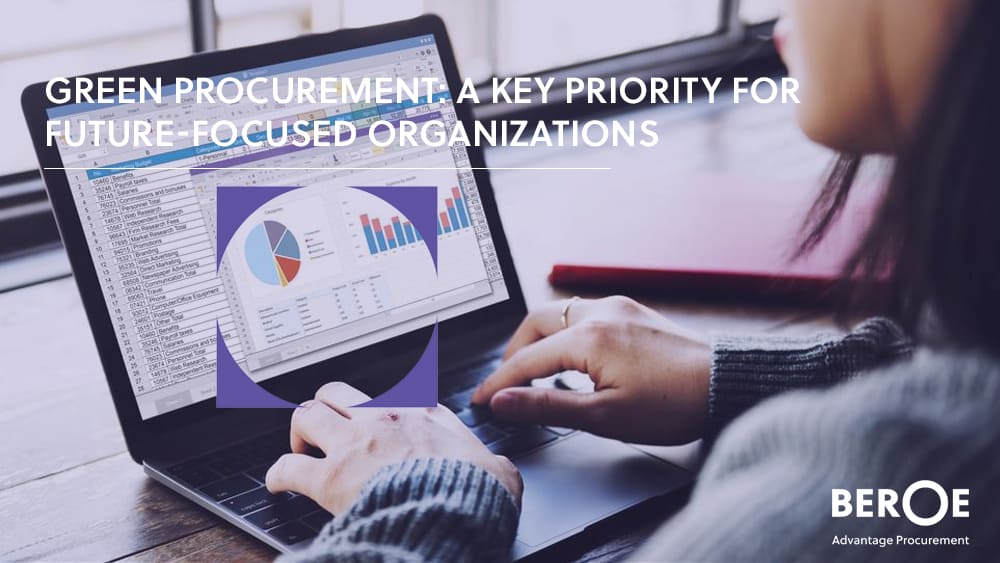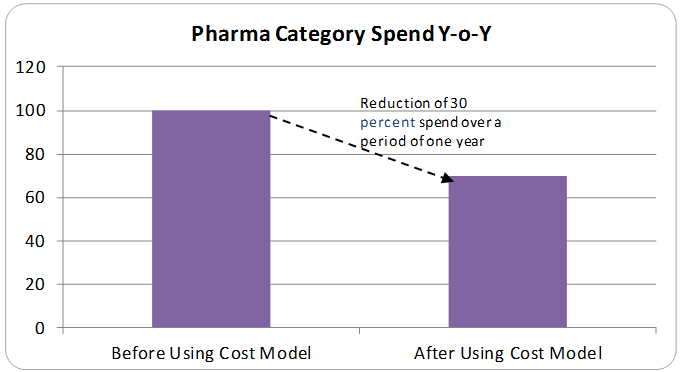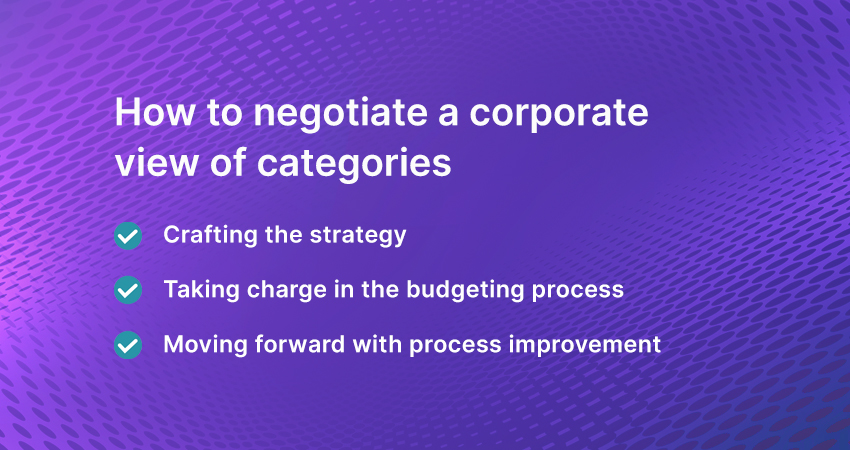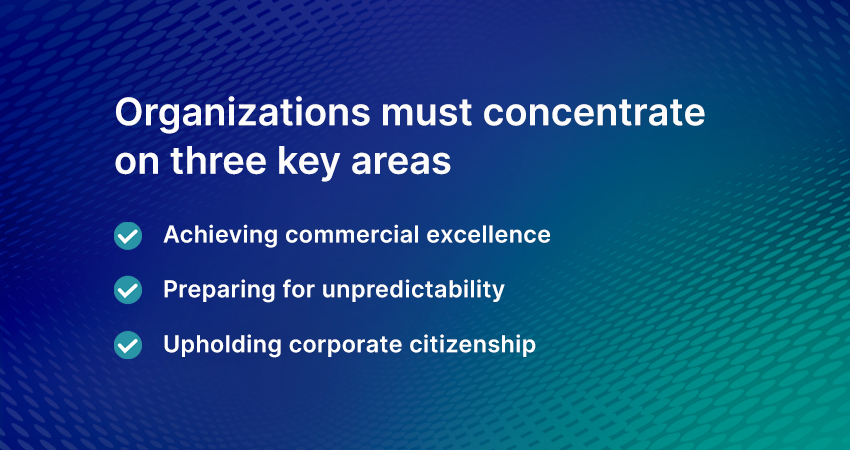
Prudent use of cost models help sourcing teams to cut down expenses

By Shobana J -- Senior Domain Lead, Cost Modelling

Procurement managers of Fortune 500 organizations face a multitude of challenges such as effective cost management, sustainability issues and leveraging technology. Some of the important areas that are related to procurement today would be best cost country sourcing, product substitution, and supply chain integration. Usually, cost modelling has been utilized to explain parameters such as cost components and cost drivers; however, there are areas where cost modelling can be immensely useful for procurement managers.
Cost models helps procurement managers with:
- the cost of the given product
- derive should cost or price of a product
- derive landed cost estimation of a product
- design a tender for an already existing supplier
- identify a new supplier by having BCCS analysis, budgeting, pricing etc.
The general perception among procurement community is that all types of cost models are one and the same. On the contrary, each industry and category would require specific models depending on the business situation.
Cost models are known to deliver significant cost savings to procurement community as shown in the below graph.

Classification of cost models
Broadly speaking, cost models can be classified based on 1) product; 2) category.
Product-based model can be further classified into:
1. Should cost
2. Landed cost analysis for simple products
3. Activity based costing
4. TCO analysis for complex products
A category-based model can be divided into:
5. Cost Tools
6. Cost Indices
Now let us examine how cost models can be useful for category managers:
Should cost model
The model can be used for a product or material that doesn’t require customization. This model can also be used for a product which is mass produced and has no requirement for detailed analysis in terms of product complexity. In such cases, the model can be used to derive the cost of the product, which can be useful in supplier negotiation.
Landed cost analysis
Under this model, a category manager can work out the cost of a product or material that is not highly customized. Deriving landed cost at the factory of the buyer is useful in working out further cost reduction strategies.
- Case discussion: A Latin American mining company requested for a cost model on steel drum, which helps in storing ore. The company was in the contract renewal phase with the local suppliers and was looking to frame a best sourcing option.
Beroe analysts built a steel drum cost model for both Asia and Americas to compare and contrast the benefits of sourcing from different regions. The team then calculated the Ex-works cost for both the regions and the landed cost to the destination location.
From the total cost of production perspective, China appeared to be the best sourcing option, however, when it came to the landed cost, the steel drums being a voluminous cargo to be transported, the shipment cost was high when compared to sourcing the product locally. In this case, the landed cost showed that local sourcing was a best option even though the unit price of steel drums produced in China was relatively cheaper. After reading the results of the cost model, the mining company decided to renew the contract with the local supplier.
Activity based cost model
For a complex process or product, which has many levels of set up, tooling, and pre-production work, activity based costing (ABC) model would be ideal, especially for the ones which are produced in batches.
- Case discussion: An European animal healthcare company requested for a specialty chemical cost structure along with cost difference of various batch sizes. Beroe analysts calculated the cost of the product by activity. It was found that by increasing the batch size from 1000 to 10,000 litres, a 1-2 percent cost reduction was possible since the set up cost was getting apportioned among the number of litres produced. Apart from batch sizes and volume impact, couple of key suggestions were provided: include a process (vertically-integrated process), exclude a process (due to redundancy), and buy instead of make (make vs buy).
Total cost of ownership (TCO)
TCO models are used to gauge the viability of capital investment. The model would include:
- product design, installation, operation, production and commissioning costs
- expenses relating to training of the personnel
- depreciation, maintenance and repairs
- Case discussion: A leading sugar manufacturer based out of Europe was looking for an end-to-end cost of procuring “falling film evaporator” -- a type of industrial device. The procurement team wanted to assess designing cost, material cost, assembling cost, fixed cost, transportation cost besides taxes and duties, insurance, handling charges, installation, commissioning cost and so on. The final model suggested that equipment produced in China was relatively less expensive, and importing it from China would be the best option. Also, the category team was advised not to transport the equipment in fully assembled condition in order to cut down logistics expense.
Category based cost tool
For a complex product with large number of customizations and specifications (for eg., more than 5,000 specifications), building a cost structure for each specification will be a cumbersome and meaningless exercise. In such a scenario, it would be best to build the cost tool right from the scratch considering most of the possible variance from the specs. Besides cost savings, such a dynamic tool would help category teams to perform value engineering, specification harmonization, volume consolidation, tender designing, and sensitivity analysis.
- Case discussion: A brewing company requested for a cost tool on shrink film, which has thousands of specifications. Beroe analysts developed a cost tool in such a manner that it covered almost all of the parameters. The tool gave following outputs: the cost of shrink film by country in the Latin American region, printing cost analysis, purchase volume consolidation by combining specs and suppliers. The category team of the company used this tool to design the tender for shrink film procurement. The tool helped the sourcing team to procure clear shrink film in Kilograms and printed shrink film in Meters, as the printing cost is directly linked with the area (m) of the film but not the weight (Kg). Also, thousands of specifications were grouped based on spend and volume, and procurement solutions for each group was individually suggested. Needless to say that the whole exercise resulted in hefty cost savings for the buyer.
The above examples show that cost models aren’t mere cerebral exercise in a spreadsheet -- they also provide deep insights to enable better decision making. Procurement organizations should make use of them as and when they can.
Recommended Reads:
Related Insights:
View All
Get more stories like this
Subscirbe for more news,updates and insights from Beroe







